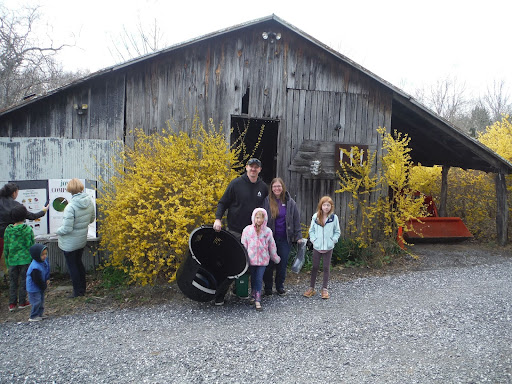
Can you believe it? Week nine of the Backyard Compost Challenge is upon us. For the blog this week we thought it may be interesting to check in with some of the folks who have reported the highest and lowest food scrap weights so far. We got an inside look at how different households function and the many variables that change food scrap weights from house to house. Here’s the report.
The Lightweights: households who have a total food scrap weight of roughly 10 lbs or less as of week 8.
For the most part the people in this category reported that their household sizes were on the smaller side. There’s more at play here than household size, however. For example, LC34 reported that in their household they make an effort to make a couple big meals a week, and on the days in between they focus on eating the leftovers. LC32 pointed out that they are busy people, and so many meals are eaten outside of the home, and they weren’t the only ones to report eating out a few times a week, as well as traveling out of town a couple days a week. One household reported that they don’t eat many fresh fruits and vegetables in the winter because they do a lot of home canning. They eat their canned “tomatoes, potatoes, apples, slaw, relish” and more. When warm weather is here to stay and the gardens are bursting with fresh veggies again this household anticipates having many more food scraps.
The Heavyweights: households who have a total food scrap weight of roughly 60 lbs or more as of week 8.
These folks largely reported eating lots of fresh fruits and veggies, as well as eating nearly all meals at home. RC31 said that they prepare all their meals at home, in addition to some snacks for their pets and poultry! They also reported having multiple scrap bins and emptying them as soon as they’re full, so there’s no excuse for any compostable scrap to escape the bin. As a cool tip, this family puts pine shavings at the bottom of their scrap bins to “soak up any wetness from the scraps” and make the buckets cleaner and easier to empty. BV16 reported that they eat lots of fruits with bulky scraps that would add weights to their bin, specifying that they go through a pineapple and a cantaloupe each week. Household RC19 tries to eat as many fresh fruits and vegetables as possible, and they cook many meatless meals, making all scraps from the preparation of those meals eligible for the compost.
We also have some heavyweight outliers: participants whose totals as of week 8 are way above the average. These include one church congregation, one composter stationed at Natural Bridge State Park, and one household that has banded together with neighbors and now has 11 adults contributing their scraps!
There’s no right or wrong way to collect food scraps, as long everything going to the compost is compostable. But we think it’s pretty fascinating to get a feel for the diversity of ways of living, eating, and composting among our group of citizen scientists. Thank you all for your commitment so far, and happy composting!
